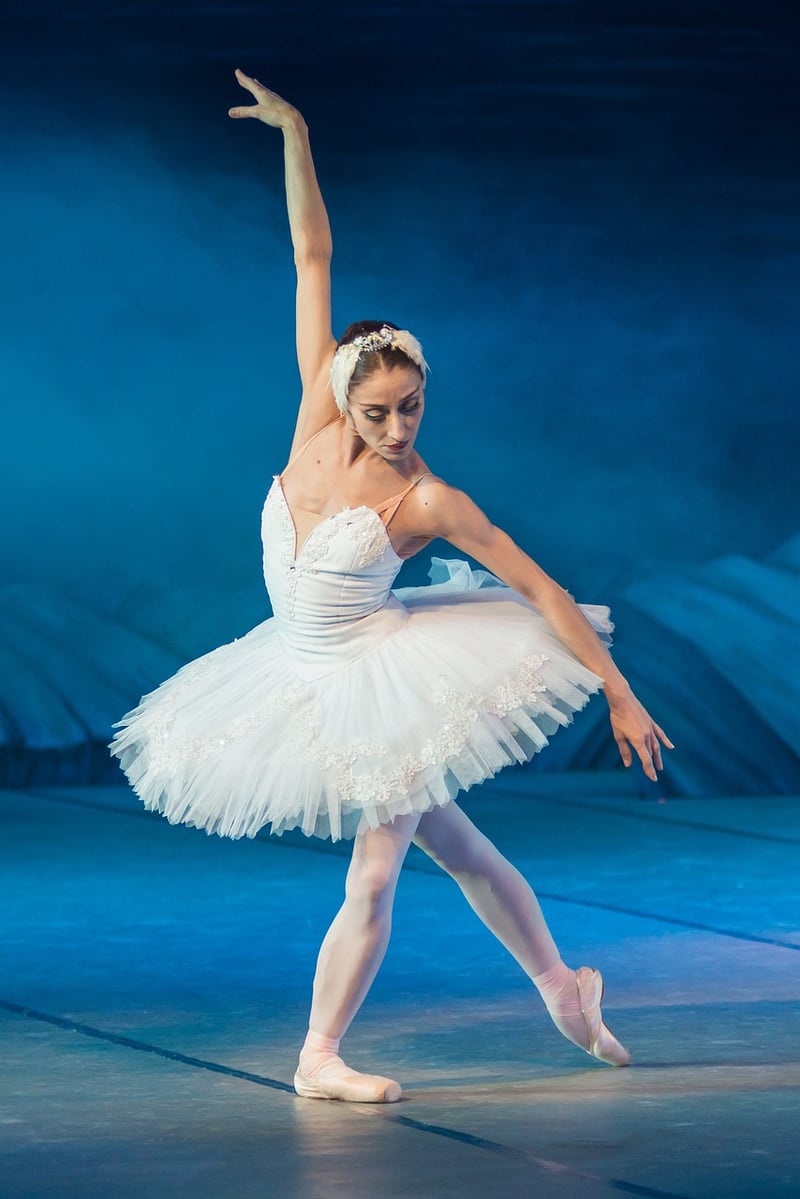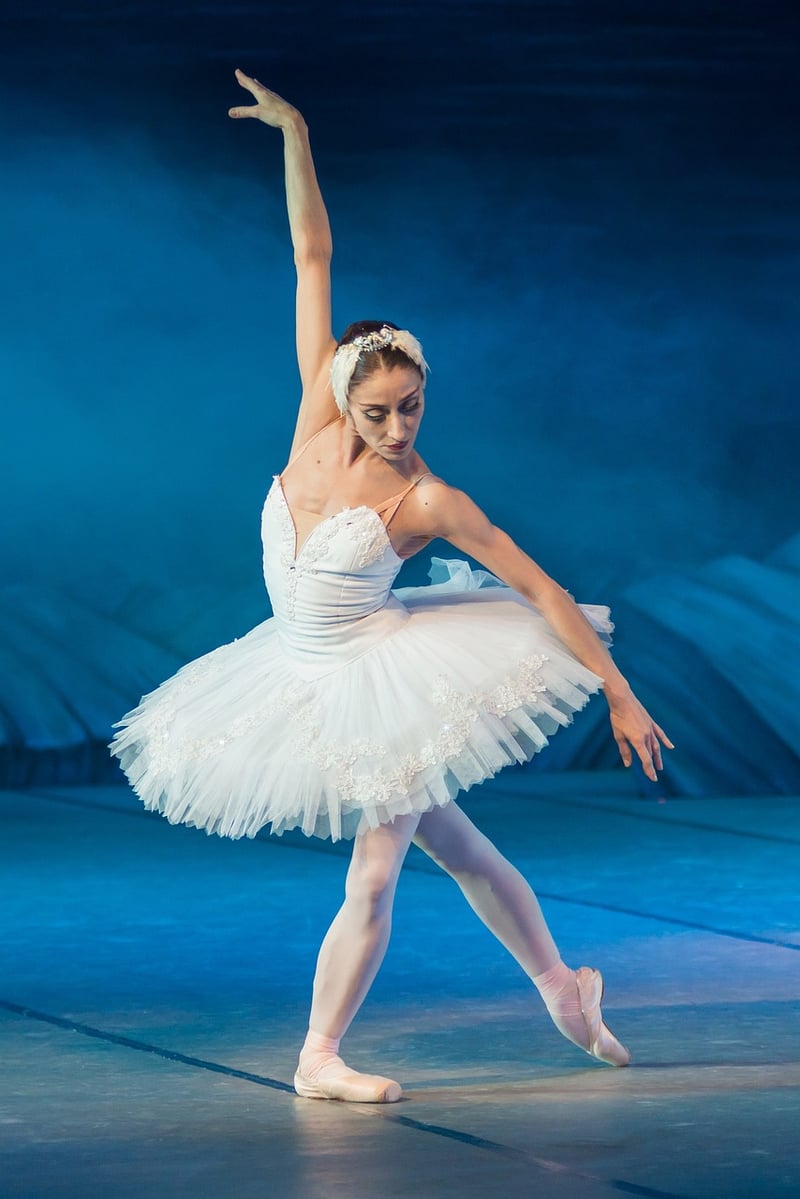Ballet
Exploring Expressive Movement Forms: The Art of Ballet

Ballet, a timeless and elegant form of dance, represents a harmonious blend of artistry, athleticism, and emotional expression. Rooted in centuries-old traditions, ballet continues to captivate audiences worldwide with its grace and beauty.
The History of Ballet
Ballet originated in the Italian Renaissance courts of the 15th century before flourishing in France and Russia. Over the years, it has evolved into a highly technical dance form with its own unique vocabulary and movements.
Key Elements of Ballet
- Technique: Ballet demands precision, control, and strength from its dancers. Movements such as pliés, pirouettes, and grand jetés require years of rigorous training to master.
- Artistry: Beyond the technical aspects, ballet is a form of artistic expression. Dancers convey emotions and tell stories through their movements, gestures, and facial expressions.
- Costumes and Set Design: Elaborate costumes and set designs play a crucial role in bringing ballet performances to life. They add depth and visual appeal to the storytelling aspect of ballet.
The Benefits of Ballet
Participating in ballet offers a wide range of physical and mental benefits, including improved flexibility, strength, posture, and coordination. It also promotes discipline, focus, and self-expression.
Embracing Ballet Today
While ballet has a rich history, it continues to evolve with modern interpretations and choreography. Many contemporary dance companies blend classical ballet techniques with innovative styles to create groundbreaking performances.
Whether you are a seasoned dancer or a newcomer to the world of ballet, exploring this expressive movement form can be a deeply rewarding experience.
Embrace the beauty, grace, and artistry of ballet, and let its enchanting movements transport you to a world of creativity and emotion.
